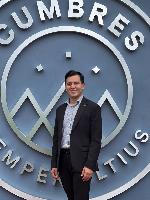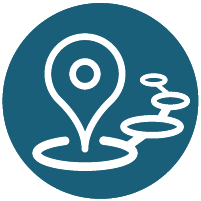Math in Real Life with AR
,
HBGCC - Posters, Table 21
Session description
Outline
The presentation will cover three key areas: the importance of mathematics in everyday life, the use of augmented reality (AR) as an educational tool, and practical examples of interactive activities. It will begin with a brief introduction on how mathematical concepts apply in various real-world situations, followed by a demonstration of AR tools that students can use. Additionally, testimonials and results from classroom activities will illustrate the positive impact on learning.
To connect with and engage the audience, the presentation will utilize stories and visual examples that highlight the relevance of math in daily life. Participation will be encouraged through open questions and group discussions, allowing attendees to share their own experiences and reflections. A short video summarizing the activities conducted with students will also be shown, creating an emotional connection with the topic and sparking audience interest.
The presentation will be structured in timed blocks: 10 minutes for the introduction and theoretical content, 10 minutes for the AR tool demonstration, and 5 minutes for the final discussion. During the demonstration, audience members will be invited to actively participate using mobile devices in a brief interactive activity. Tactics such as quiz games, real-time surveys, and pair reflection activities will be employed to maintain attention and facilitate collaboration, ensuring a dynamic and enriching learning experience for all attendees.
Supporting research
https://iste.org/
https://pinion.education
Presenters


Session specifications
Topic:
Grade level:
Audience:
Attendee devices:
Attendee device specification:
Laptop: PC
Tablet: Android, iOS
Subject area:
ISTE Standards:
Analyst
- Provide alternative ways for students to demonstrate competency and reflect on their learning using technology.
Computational Thinker
- Formulate problem definitions suited for technology-assisted methods such as data analysis, abstract models and algorithmic thinking in exploring and finding solutions.

 Back
Back Trips and Tours
Trips and Tours